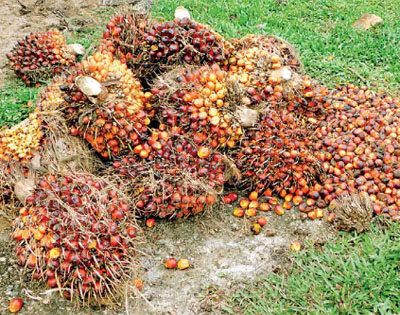Oil Palm Industry
Oil Palm Plantations
OIL PALM PLANTATION INDUSTRY
History of Oil Palm Plantations in Sri Lanka
Oil palm cultivation in Sri Lanka has a relatively recent but eventful history. The crop was first introduced in 1968 by a European planter named M. Jerry Wales, who planted just 68 oil palm trees on 0.5 hectares at the Nakiyadeniya Estate. Since then, oil palm has expanded significantly, especially in the Low Country Wet Zone, including districts like Galle, Matara, Kalutara, and parts of Colombo, Rathnapura, and Kegalle.
Initially seen as a promising alternative to traditional plantation crops like rubber and coconut, oil palm was dubbed the “Golden Crop” due to its high oil yield and economic potential. Over the decades, it has been promoted as a way to reduce Sri Lanka’s dependence on imported palm oil and boost local production.
However, the expansion hasn’t been without controversy. Environmentalists and scientists have raised concerns about its impact on biodiversity, water resources, and soil stability. Critics argue that oil palm plantations consume large amounts of water, degrade soil, and displace native flora and fauna. Supporters, on the other hand, highlight its efficiency—producing more oil per hectare than any other crop—and its potential for sustainable cultivation when managed responsibly.
Sources:
watawalaplantations.lk
island.lk
www.historyofceylontea.com



